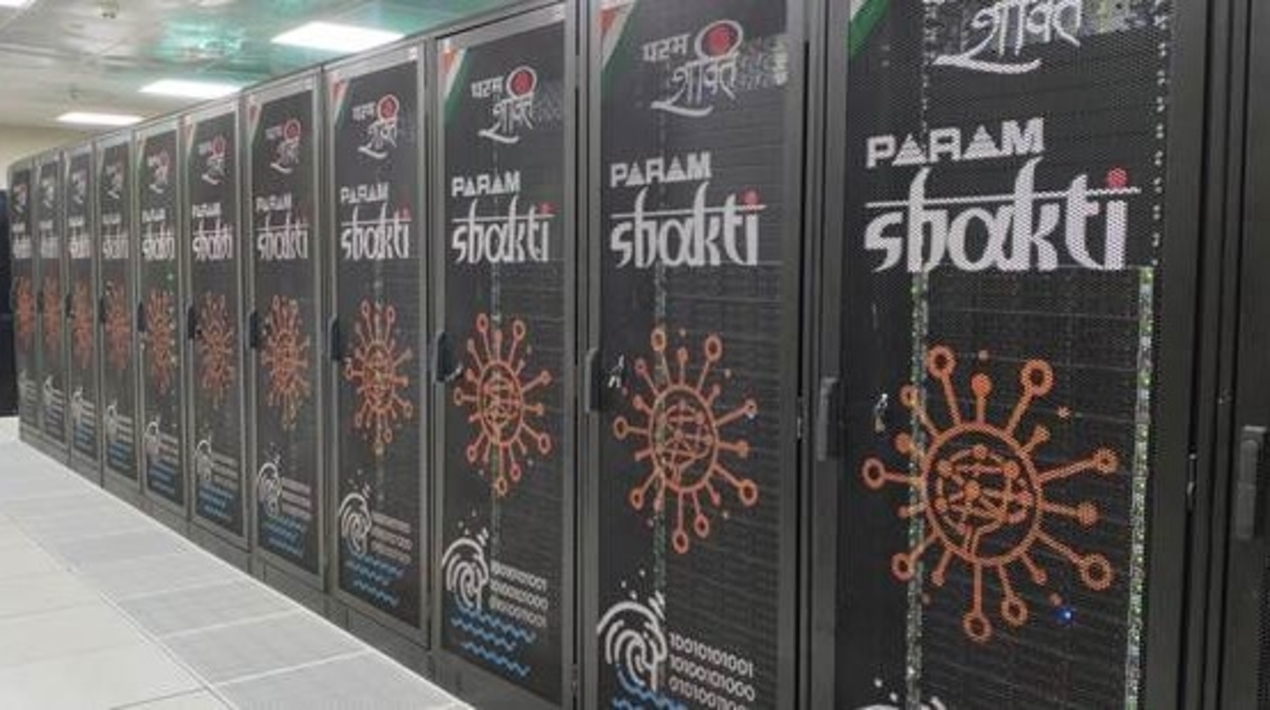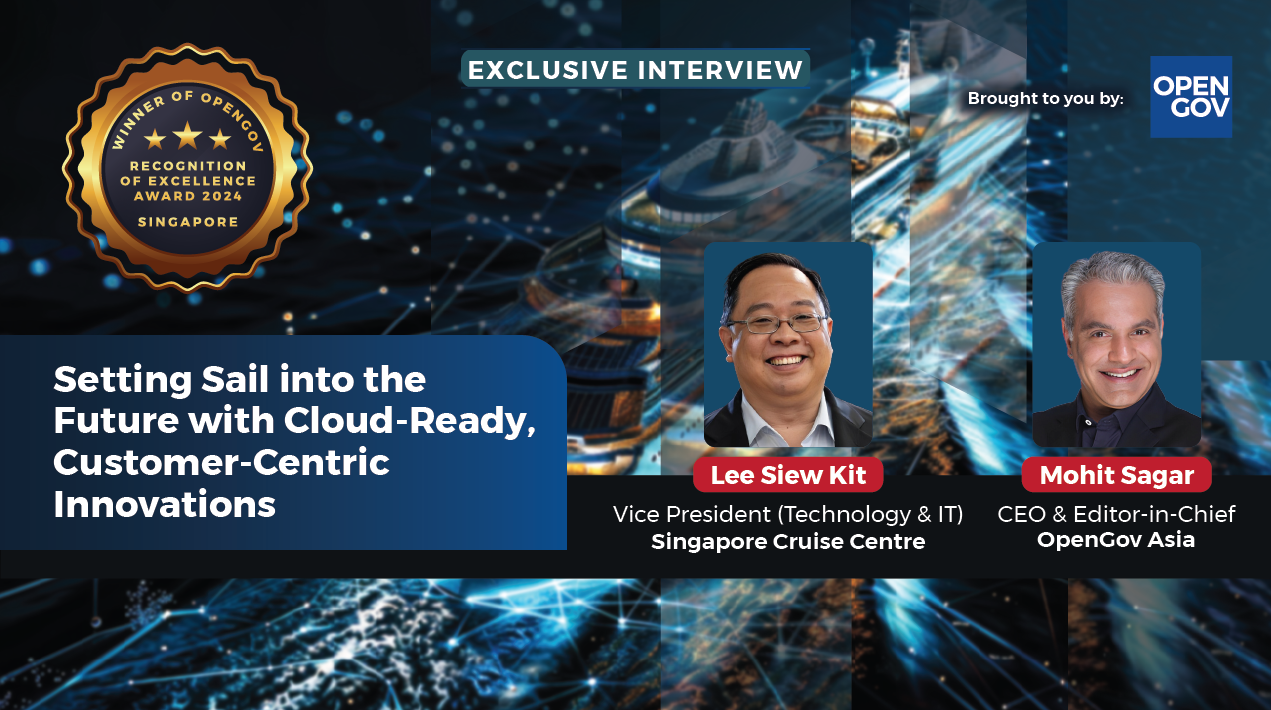
The Indian Institute of Technology in Kharagpur (IIT-Kharagpur) has launched a petascale supercomputer under the National Supercomputing Mission (NSM). The technology, named Param Shakti, is a joint initiative by the Ministry of Electronics and Information Technology (MeitY) and the Department of Science and Technology (DST). The supercomputer was inaugurated on 27 March by the West Bengal Governor, Jagdeep Dhankhar.
NSM aims to empower national academic institutions across the country by installing a supercomputing grid comprising over 70 HPC facilities. The supercomputers will also be networked on the National Supercomputing grid over the National Knowledge Network (NKN). The NKN is a government programme that connects academic institutions and research and development labs over a high-speed network. The mission has three phases. The first phase consisted of assembling supercomputers, the second phase included manufacturing specific components in India, and the final phase includes indigenously developing a supercomputer.
The IIT-Kharagpur supercomputing facility will accelerate the research activities in the multidisciplinary domains of computational and data sciences as it provides large-scale computing power to the institute’s community and neighbouring academic and research and development institutes. According to a press release, a memorandum of understanding (MoU) was signed between IIT-Kharagpur and the Centre for Development in Advanced Computing (C-DAC) in March 2019 to establish this state-of-the-art supercomputing facility with 17680 CPU cores and 44 GPUs. The facility deployed an RDHX-based efficient cooling system that allows for high-power usage effectiveness. The system has been tested extensively by both IIT-Kharagpur and C-DAC for commercial, open-source, and in-house software for a variety of applications, the release added.
IIT-Kharagpur has been following NSM’s mandate to develop computationally-efficient software for supercomputing platforms and applications for large-scale industrial and scientific problems. The institute is also one of the NSM nodal centres for high-performance computing (HPC) and artificial intelligence (AI). It is upskilling manpower for supercomputing research across the nation. IIT-Kharagpur has also been organising courses, workshops, and boot camps in several domains related to the fundamentals of supercomputing, data sciences, and their applications in agriculture, astronomy, biology, mechanical engineering, and material sciences, among others.
Moreover, IIT-Kharagpur established the Centre for Computational and Data Science to train researchers in supercomputer-accelerated research and development. The new high-performance computational facility will aid researchers to come up with solutions that are India-specific. Supercomputing-based research is expected to be useful in fields like computational fluid dynamics, AI, big data analytics, climate change and digital earth, computational biology, cryptography and security, smart infrastructure and sustainable cities, and smart materials.
Earlier this month, another supercomputer was set up at the Indian Institute of Technology in Roorkee (IIT-Roorkee), called Param Ganga. It has a supercomputing capacity of 1.66 petaflops (a measure of a computer’s processing speed). One petaflop equals quadrillion (thousand trillion) floating-point operations per second (FLOPS) or a thousand teraflops. As reported by OpenGov Asia, a large number of the system’s components were manufactured and assembled within the country, including an indigenous software stack developed by C-DAC.
















